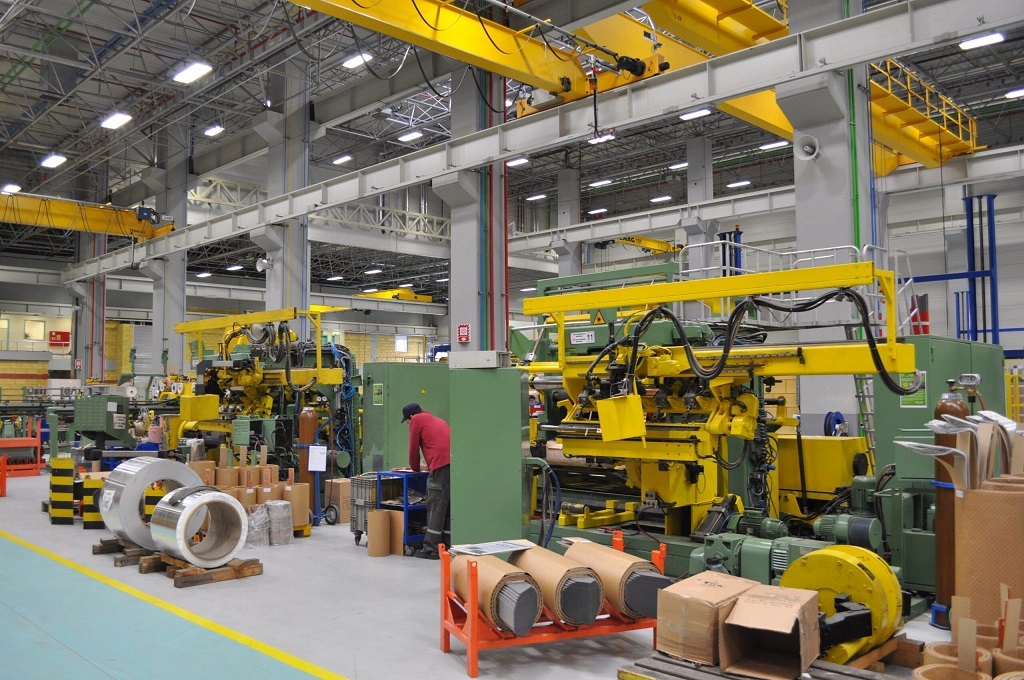From manufacturing and construction to shipping and logistics, Material Handling Plays a critical role in almost all industries.
Deha Tech primarily deals with moving or relocating large loads including equipment, construction and machine parts, and even vehicles as well as in-house handling of raw materials and spares.
Our industrial material handling process, like any other industrial process, requires a set of clear-cut objectives or goals.
Features and Benefits of Material Handling Process:
- Cost Reduction
- Enhanced Capacity
- Improved Efficiency
- Improved Working Conditions
- Reduced Waste
- Increased Safety
- Improved Customer Service
It is the biggest and fastest growing industries globally. The industrial lifting process, however, is a complex and challenging task.
If you choose the wrong set of equipment or a lifting crew that lacks the necessary skills, you are more likely to end up with potentially fatal injuries or damaged goods.
Material Handling Equipment applications in the following industries:
- Mining Industry
- Cement Industry
- Steel Industry
- Automobile Industry
- Marine & Shipping Industry
Material handling equipment is Two Types in almost every industry
- Manual
- Automated
These are allowing you to use the system with the highest possible efficiency while keeping overheads down.
Material Handling Equipment appears in 4 Categories:
- Storage and Handling Equipment
- Transport Equipment
- Engineered Systems
- Bulk Material Handling Equipment
Advantages:
- Reduces the movement of material and creates a steady flow
- Reduced labour costs and shorter operating cycles.
- Saving energy and time.
- Eliminates redundancies like backtracking and re-handling
- Increases overall workplace safety owing to advanced automation
- Reduces the damage to materials during movement
- Increases worker efficiency by making optimal use of raw materials
- Helps build a streamlined workflow
- Leads to better-quality products and timely production
Guidelines of Material Handling:
- Planning
- System
- Material Flow
- Unit Load/Size
- Space Utilization
- Standardization
- Ergonomics
- Energy
- Ecology
- Mechanization
- Flexibility
- Adaptability
- Simplification
- Safety
- Data Flow
- Control/Tracking
- Costs
- Maintenance

